#408 - DAVID LAKE & TED FLATO, Co-founders of Lake | Flato Architects
SUMMARY
This week David and Marina of FAME Architecture & Design are joined by David Lake & Ted Flato, Co-Founders of Lake | Flato Architects to discuss their early career and influences; establishing Lake Flato Architects; maintaining the firm’s founding philosophy and principles; authenticity in design process; designing to heal the environment; and more. Enjoy!
ABOUT DAVID & TED
David Lake, FAIA
David Lake is an architect and co-founder of Lake|Flato Architects. Along with partner Ted Flato, he is the recipient of the 2024 AIA Gold Medal—joining the ranks of acclaimed architects like Renzo Piano, Frank Gehry and Frank Lloyd Wright who have significantly shaped the theory and practice of architecture.
David is a Maverick. In his fifty-year career, he has carved a unique path dedicated to the belief that design, development, urban advocacy and environmentalism must merge if we are to address climate change and our future challenges in the built environment with minimal impact upon our natural realm; and to ultimately help heal and sustain our earth.
With a passion for sustainable urban development, David leads Lake|Flato's urban studio. David’s work is notable for drawing on cultural and architectural traditions, adapting to the effects of climate and fitting gently into the landscape. As a citizen architect, David partners with mayors, environmentalists, developers, and designers to revitalize overlooked urban areas and design more resilient cities, exemplified in projects such as the Pearl Brewery Redevelopment in San Antonio and the Austin Central Library. He recently completed San Antonio’s U.S. Federal Courthouse and is currently working on designs for the expansion of San Antonio’s airport.
His work with Lake|Flato is internationally recognized and has been featured in more than 80 books and 300 international and national publications.
Ted Flato, FAIA
Ted Flato, FAIA has received critical acclaim for his straight-forward regional designs which incorporate indigenous building forms and materials and respond to the context of their unique landscapes. With partner David Lake, he was named 2024's Gold Medal recipient, the highest honor from the American Institute of Architects.
By applying sustainable strategies to a wide variety of building types and scales, Ted seeks to conserve energy and natural resources while creating healthy built environments. His interest in a myriad of building systems has resulted in projects ranging from mass timber, prefabrication and 3D printing, among other building systems. His work is always sensitive to climate, whether it’s designed along the Gulf Coast, in Michigan, west Texas or southern California, leveraging what Lake|Flato has learned over the years in terms of harnessing design, quality, sustainability, and practicality.
In addition to his notable residential projects, Ted’s commercial work includes the transformation of a former Air Force base into a 550,000 SF regenerative campus for Arizona Polytechnic University, the LEED Platinum Shangri La Gardens in Orange, TX and a new mass timber academic building for Trinity University that pays homage to its mid-century campus, designed by Ted and David’s mentor and Texas modernist, O’Neil Ford.
Ted’s commitment to sustainable environments does not end with his designs. His notoriety has earned him invitations to lecture across the nation on subjects such as healthy buildings and sustainable strategies, fostering community and healthy office culture, among many other topics.
TIMESTAMPS
(00:00) David & Ted's early career.
(21:14) The establishment of Lake Flato Architects.
(23:09) Why David and Ted Left O'Niel Architecture.
“[Architecture] offices eventually develop certain established conditions and internal politics [that deter] young architects from either joining or staying in the firm. When we started our office, we were determined to avoid this issue…The real challenge is [figuring out] how to nurture strong, young partners and transitioning them into leadership positions [so that they can continue to evolve with the office.]” (28:06)
(31:00) How Lake Flato maintained its founding philosophy.
“As we are growing the firm, we made sure everyone has a sense of ownership and agency in the process. The key is to have a design philosophy that both clients and architects can embrace and contribute to. This fosters an understanding and appreciation for group ownership of the work. I think the ability to work with clients who are already in alignment with the design philosophy of the project is attractive to younger architects and allows room for creativity.” (39:28)
(44:06) Principle-based design and aesthetics.
“Our vision statement is: ‘We seek to create dynamic environments that nurture all life. Everything we do should heal the Earth.’ At the start of every project, Ted's first question is always, “Yeah, that looks good, but are we healing the place?” That has always been our driving force. We have a strong and simple purpose, and I think that is prevalent through everything we touch.” (48:01)
(56:37) Authenticity in the design process.
“Designing buildings that are not so complicated so that they can have very different lives in the future. That's probably one of the most important things that keeps architects from overthinking. It encourages clients to think before making odd decisions so that when someone else inherits the building, it will be flexible for another use case without remodeling. An eccentric idea is not necessarily a good idea.” (58:22)
(01:07:35) Regionalism in architecture design.
(01:14:23) David and Ted's favorite building.






















